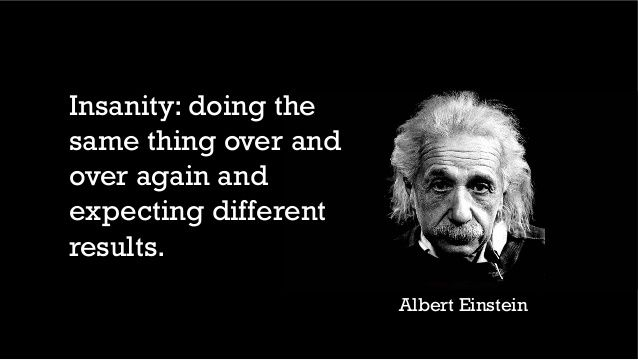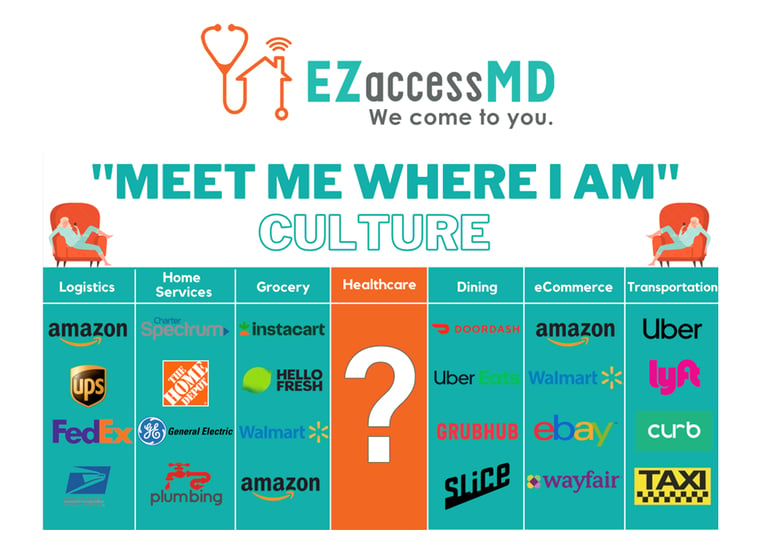There is a superhero in all of us, we just need the courage to put on the cape. This month we are putting on the cape to fight the battle most employers face against absenteeism. The CDC reports that annual productivity losses linked to absenteeism cost employers $1,685 per employee. That’s a problem - one that's been going on for a long time, but yet we continue to take the same approach year after year.

According to Einstein, it’s time for a change. Here’s an idea:
Between advancing technology, changing viewpoints, and new generations/cultures entering the workforce, a compelling business case can be made for rethinking healthcare treatment in a brick-and-mortar setting. In today's fast-paced world, consumer expectations have undergone a transformative shift towards convenience and direct accessibility. From shopping to entertainment, services are now expected to seamlessly integrate into individuals' lives. Why not healthcare?

Just as we've come to expect convenience in other domains, healthcare too should prioritize receiving care as accessible as ordering a meal or hailing a ride. It all starts with eliminating unnecessary employee travel to and from in-person appointments. Not only does this approach tie into the culture and expectations of today's workforce, but there are numerous other benefits of investing in mobile urgent care. Here's the proof:
Two large academic studies compared the cost and quality of telemedicine vs. in-person visits for the six most commonly seen conditions across more than 66,000 group health insurance claims from Anthem and Intermountain Health. Researchers have investigated the total cost of a care episode across the traditional arenas of care: urgent care centers, primary care offices and emergency departments. The results show that following the first visit on Day 1, the rate of additional visits made for the original complaint ranged from 32% - 57% over the next 21 days. If patients started their journey at the ER, there was a 57% return rate over that 21-day period.
So how does this affect the employer? Where should we start? First off, this outdated bricks and mortar care path contributes to substantially higher absenteeism rates due to an inefficient care cycle. Whether it's primary care, urgent care, or the ER, employees are forced to make trips to the facility, sit in the waiting room which exposes them to additional illnesses and infections, and then drive back to where they came from.

So how do we shorten the care cycle? We're glad you asked -
When symptoms demand in-person care, having an in-home urgent care option shortens the 21-day episode of care and lowers the risk of an undetected serious illness. With EZaccessMD, an in-home care team can be at an employee's home or office within a few short hours to conduct anything from an X-ray exam to a lab test. Within the same day, the patient has a confirmed diagnosis, a treatment plan, and a script when needed - all without a need for leaving their home or office.
Under EZ’s care model, more is done on Day 1. Addressing issues quickly at the most appropriate and efficient point of service is critical for speeding a patient’s recovery, which is why EZ is able to mitigate compounding health issues versus a brick-and-mortar setting.
What about costs? Of course we can't forget about costs. Here is how EZaccessMD's telehealth + in-home urgent care model compares to traditional healthcare:
.png?width=2000&height=1212&name=Untitled%20design%20(1).png) These researchers not only captured the incident rate from all those claims, but also the cost of these events. After assessment, it was found that the weighted average cost of being seen for one of those six conditions was $866. Considering the average cost of EZaccessMD’s episode of care over 21 days is $358, that’s a savings of $508 for every episode of care.
These researchers not only captured the incident rate from all those claims, but also the cost of these events. After assessment, it was found that the weighted average cost of being seen for one of those six conditions was $866. Considering the average cost of EZaccessMD’s episode of care over 21 days is $358, that’s a savings of $508 for every episode of care.
Investing in mobile urgent care will save employers significant time and money by creating a more efficient care cycle, which will result in lower absenteeism and presenteeism rates.
To learn more about how EZaccessMD can benefit you as an advisor or employer, click here to schedule a time with an EZ Solutions Consultant.